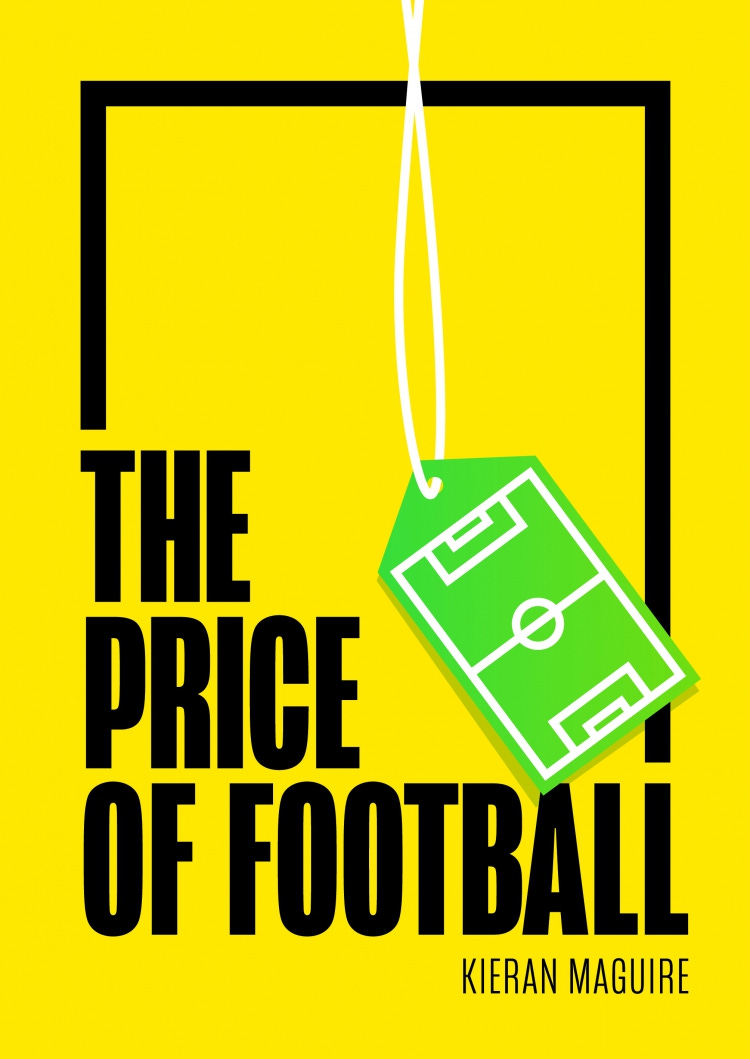West Park Rovers - Part I
The New Commerce Playbook for Sports Clubs
Most sports clubs treat retail as an afterthought. A line item on the balance sheet, handled by a licensing partner or a third-party merchandiser. Someone else designs the products, runs the warehouse, manages the website, and ships the orders. The club takes a royalty, stays focused on the sport, and leaves commerce to someone else.
It works, but it isn’t perfect.
Margins shrink. Stock control becomes guesswork. Fans start buying elsewhere because the experience feels generic. You can’t react to a title win, a player milestone, or even a new season drop fast enough, because someone else controls the levers.
We’ve seen what happens when clubs take that control back. When they stop outsourcing the fan experience and start building real commerce operations, with the same precision they apply to performance on the field, the court, or the track.
Whether you’re running a football club, a rugby franchise, or a Formula One team, the fundamentals are the same. This is about taking ownership of your brand, your data, and your relationship with the people who buy from you.
Over the next few weeks, we’re publishing a series on how to do exactly that.
This isn’t theory. It’s based on years of working with leading sports organisations who’ve brought their retail and e-commerce operations in-house; across football, rugby, motorsport, cricket, and beyond. We’ll break down what it takes to do it well, and what happens when you don’t.
To make it practical, we’ll use West Park Rovers, the fictional team from Kieran Maguire’s The Price of Football series, as our reference point. They’re the perfect proxy for any club looking to modernise how they sell to fans, from merchandise to collectibles.
Why now
The economics of licensing are starting to look dated. Clubs are realising that the real value isn’t just in selling products, it’s in owning the relationship.
When you control the stack, you control the story. You can react in real time to the moments that matter: a record-breaking goal, a championship win, a farewell, or a surprise signing. You can turn those stories into products in hours, not weeks.
More importantly, you can do it authentically. When a club runs its own retail operation, fan engagement feels genuine, not like a third-party cash grab. Fans know when something comes from the heart of the club, and they respond to it.
But that control comes at a cost. Bringing retail in-house isn’t about putting up a Shopify store and ordering a few boxes of shirts. It’s about running a full-scale commerce operation: ERP systems, fulfilment processes, personalisation, forecasting, and data management. It’s complex. But when done well, it’s transformative.
What to expect from the series
We’ll unpack the full journey, from the first strategic decision to the operational realities that follow.
The opening article, The Business Case, will explore why bringing operations in-house makes sense: the economics, the control, and the long-term payoffs that outweigh the complexity. From there, we’ll dive into readiness, architecture, work orders, inventory, forecasting, and fulfilment, everything that turns a licensing deal into a self-sustaining commerce engine.
We’ll also share lessons learned from real-world implementations: what to expect, what to avoid, and where to start if you’re even considering the move.
The first instalment, The Business Case, lands next week.
If your club’s thinking about bringing retail and e-commerce in-house, stay tuned. It’s not about selling shirts. It’s about building a business.




